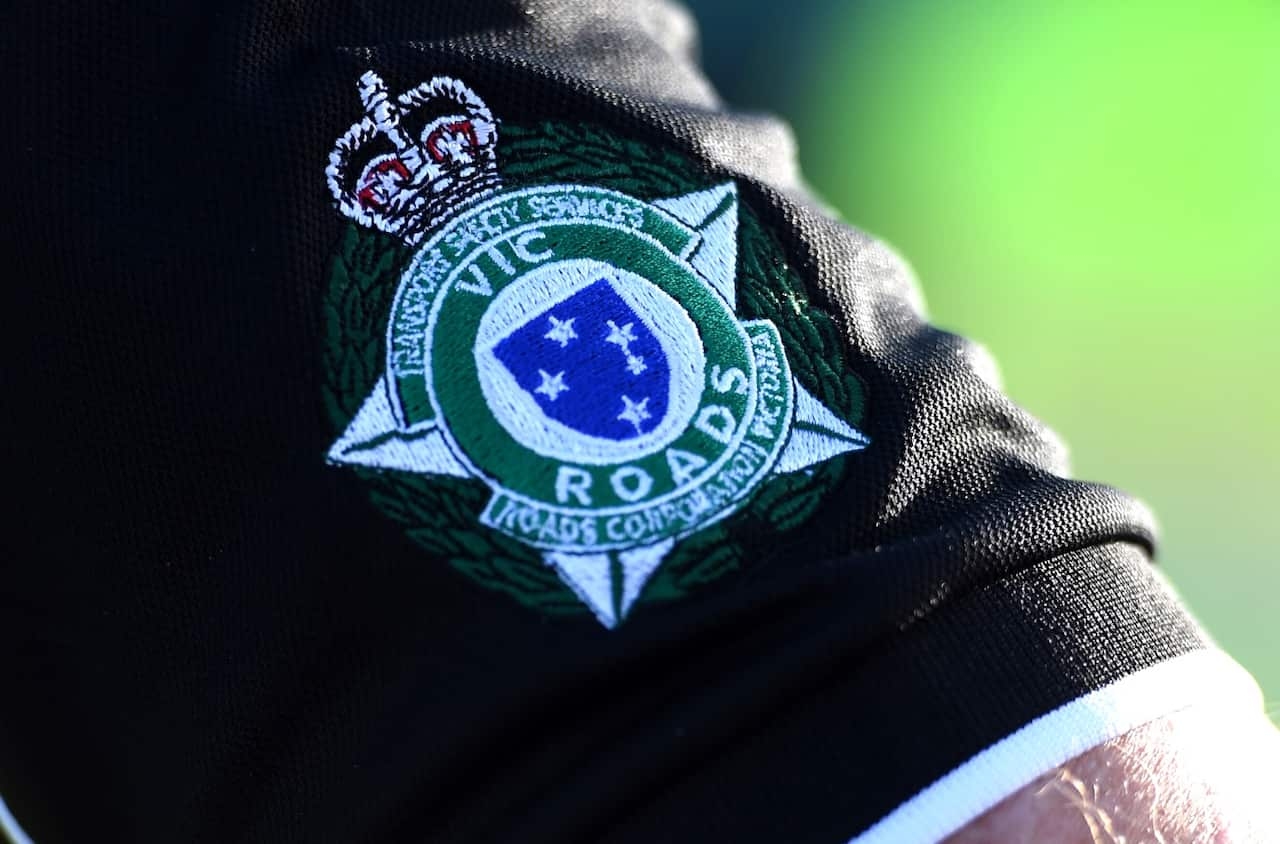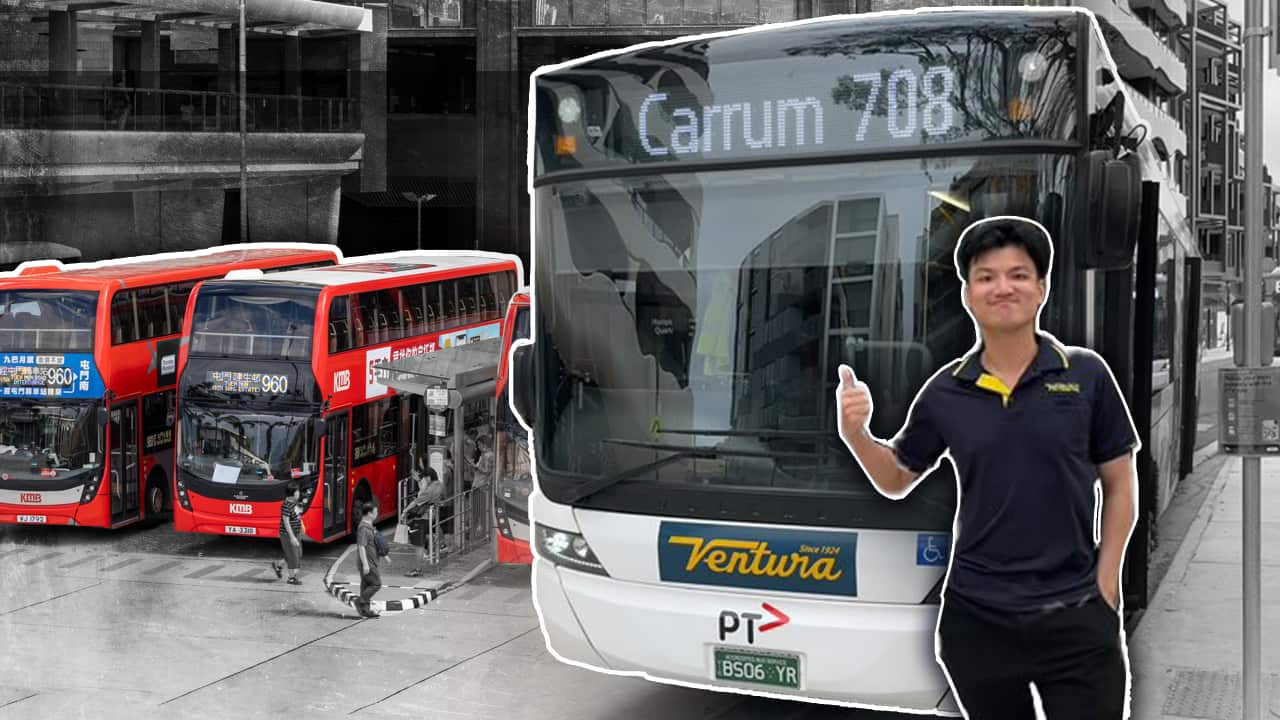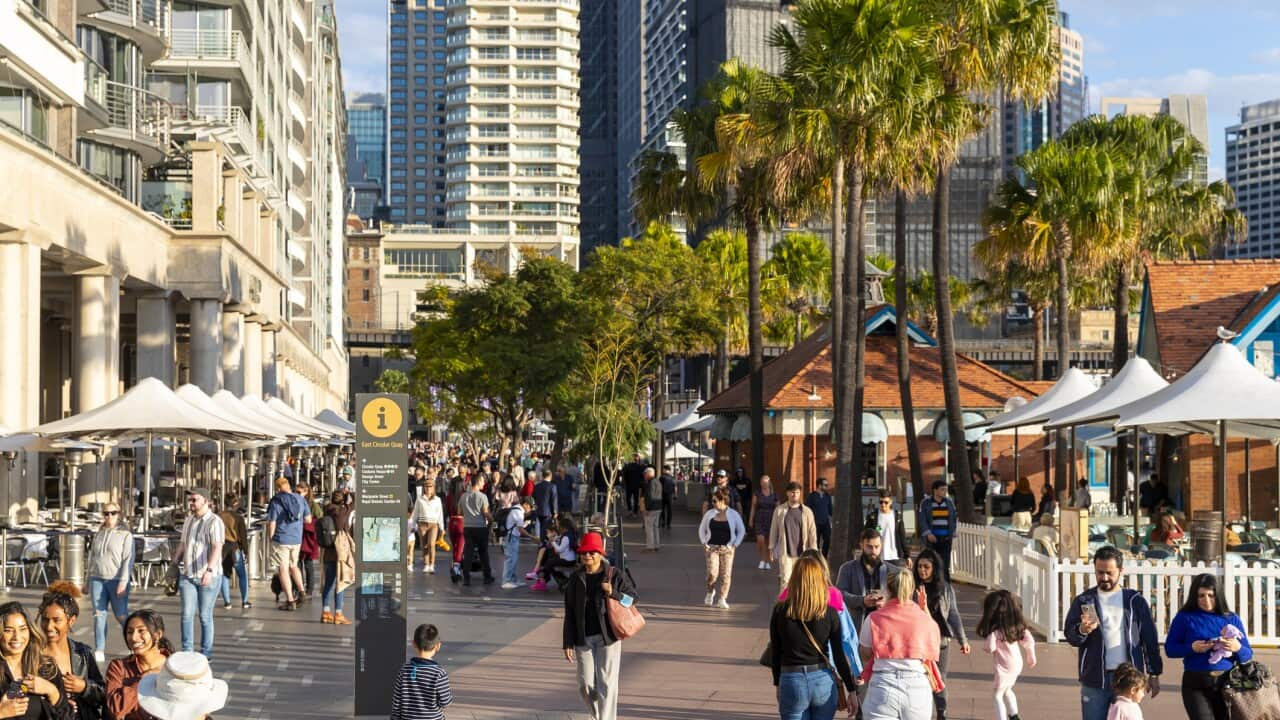Victorian Police are reminding international visitors to familiarise themselves with local road rules to ensure their visit to Victoria is a safe one - especially during February which is peak period for tourist numbers in the state.
In 2018, February was the second businesses month for tourist arrivals in Australia behind December, according to national tourism statistics.
In Victoria, more than 243,000 tourists visited in February 2018, and Lunar New Year celebrations were seen as a large contributor.
In an interview with SBS Cantonese, Kenny Lin, a senior constable of the Victorian Police, said the Great Ocean Road and the Phillip Island were among the most famous and popular destinations for visitors from China and various other countries.
He said that visitors who choose to travel within Australia by driving should be "exceptionally aware" of the differences between the road rules in Australia and that of their home countries.
"The driving rules in China and some other regions are very different from those in Australia and Victoria. For instance, Chinese roads practice right-hand traffic while roads in Australia practice left-hand traffic," he said.
Senior Constable Lin said foreign drivers might find it difficult to adapt to the road rules and conventions followed in Australia, and that drivers keeping to the right side of the road might even increase the chance of serious traffic accidents.
He suggested that visitors should have certain driving experience and be familiar with Australian traffic regulations before deciding to begin driving on local roads.

File: VIC Roads Safety Service officer. Source: AAP
A clear understanding of Australian road signs and regulations
Senior Constable Lin also stressed that being able to read the road signs, such as "STOP" or "GIVE WAY", was exceptionally important for visiting drivers. At the same time, he reminded foreign drivers to abide by the speed limits on different roads.
"On the same road, drivers may encounter a different speed limit after driving for several kilometres. All drivers must follow strictly the specified speed limit," Senior Constable Lin said.
He also reminded visitors that, according to the Australian road rules, all passengers in the vehicle must wear seatbelts, rather than just the driver and the front-seat passenger as some might wrongly think.
Some visitors generally might plan a very compact and "busy" travelling itinerary, in order to maximise the number of destinations throughout the trip. But Senior Constable Lin says it is important to reserve an adequate amount of resting time between driving trips.
He emphasises that drivers' judgemental and the ability to react quickly are found to be greatly deteriorated after continuously driving for a long time. "Fatigue driving can increase the chances of making poor judgements and can cause serious traffic accidents," he said.
It is advised that drivers should pull over for a 15-minute break every one to two hours, for a bathroom break or a body stretch.
"Fatigue driving is very dangerous. Please be responsible for yourself, your family and other drivers on the road."
Finally, Senior Constable Lin also stresses that the Australian Road Rules prohibit the use of mobile phones while driving, not even briefly touching the mobile devices.
However, if the driver places the devices on a cradle or holder, the law allows drivers to use the devices for navigation or to make phone calls with the hands-free functionality.
Police are reminding travellers of the following to stay safe on our roads:
- Journeys may take longer than you think. Get plenty of rest before driving long distances and allow extra time
- If you are driving long distances, take a 15-minute break at least every two hours and, where possible, share the driving
- Take the time to pull over to take photos and enjoy the scenery
- Drive within the limits and to the conditions
- Get to know the road rules, signs and markings before you drive
- Everyone must wear seatbelts
- Remember to keep left
- Avoid distractions: driving is a complex task that requires full concentration and it is essential drivers minimise the risk of distraction in their vehicle.

Source: Getty Image














